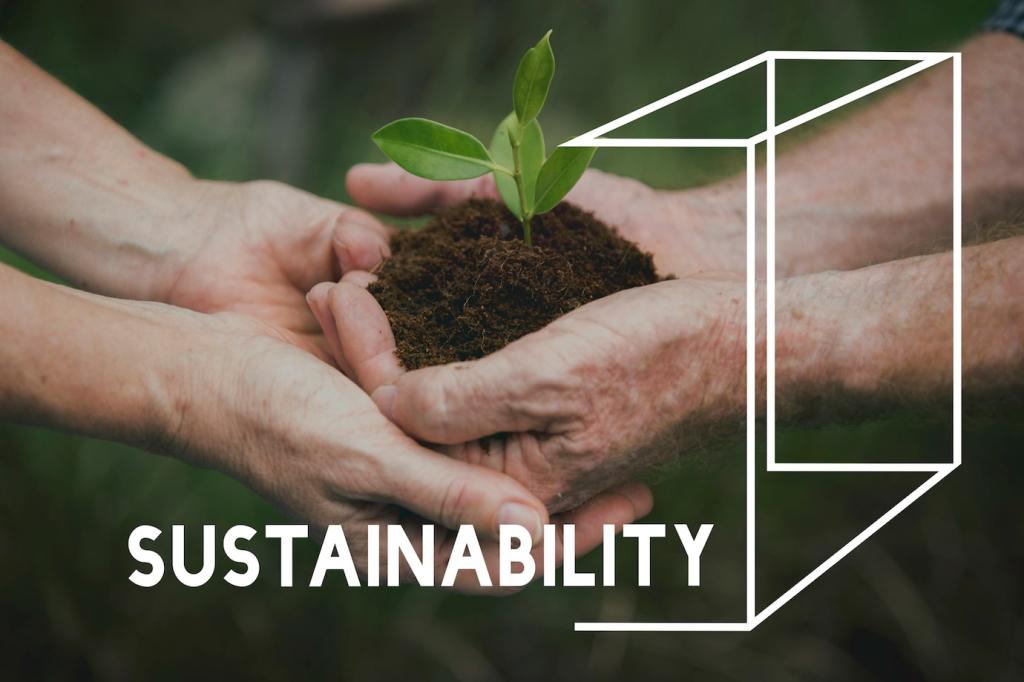Community-Centered Design: Earning Trust, Building Legitimacy
When residents map heat islands, bus gaps, and dark streets, the scope of work shifts. Contractors respond with shade, better routes, and lighting that feels safe. Co-creation saves rework, builds ownership, and ensures sustainability outcomes reflect lived experience instead of abstract assumptions.
Community-Centered Design: Earning Trust, Building Legitimacy
Require apprenticeships, local hiring, and small-business participation. Tie payments to community benefits like tree-canopy equity or safer school routes. When the contract measures social value, suppliers innovate beyond compliance, and neighborhoods feel the gains long before ribbon-cutting speeches and media photos.




